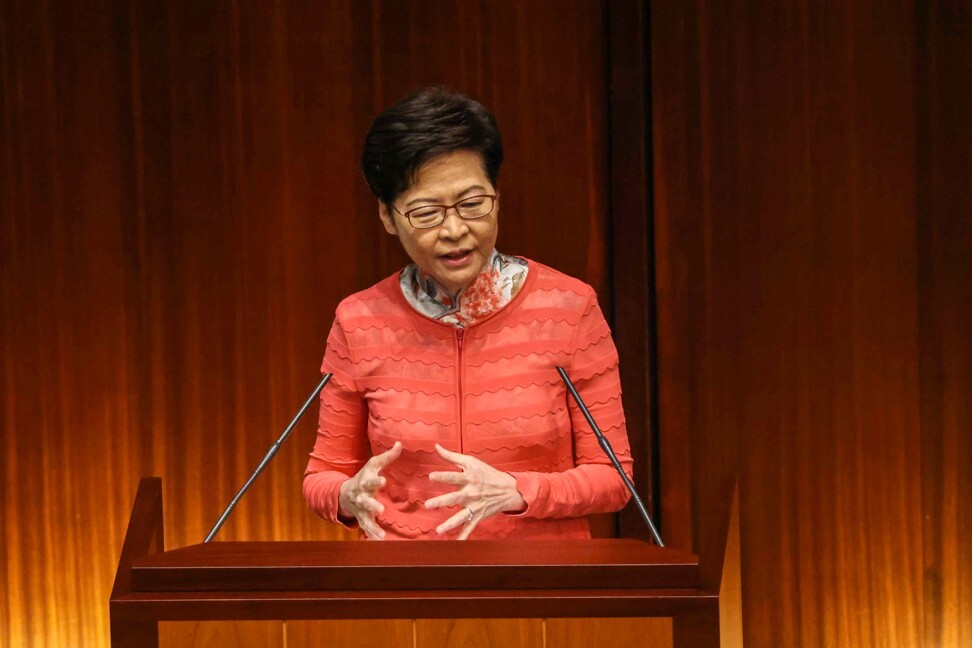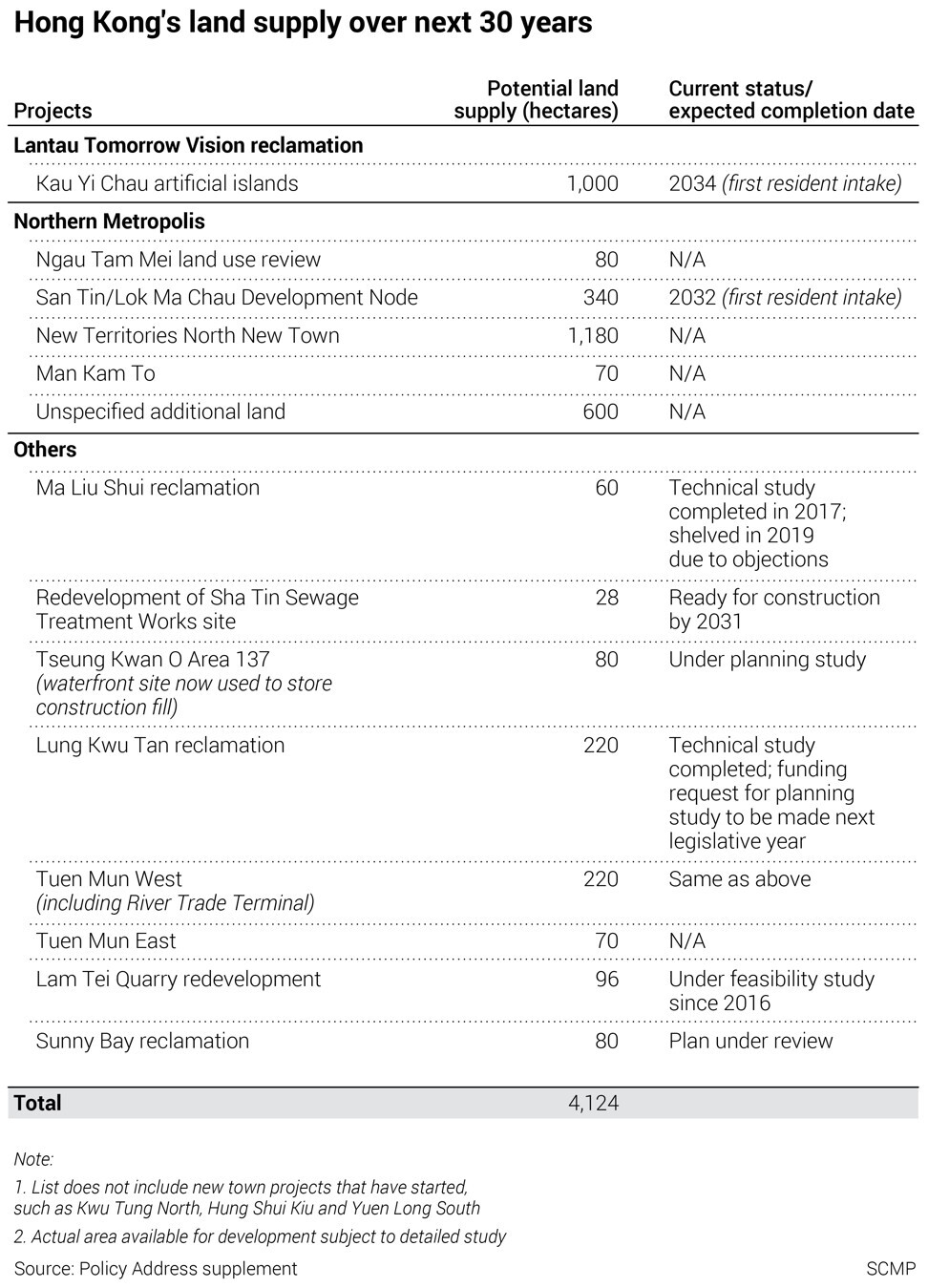
What Hong Kong must do to solve the city’s perennial housing and land shortage problems
- Some residential units in the Northern Metropolis should be designated as ‘talent apartments’ to attract professionals to spur its development
- More incentives under the land sharing scheme could alleviate housing shortage using public-private partnership model
Considering the huge development potential of the Northern Metropolis, the government should conduct a comprehensive planning review, and specify its land use and related transport facilities in the surrounding areas. When the planning blueprint is properly drawn, the government can further improve key services like transport, water supply and sewage facilities. The plot ratio can then be raised and, in turn, housing supply can be increased.
According to the Northern Metropolis development strategy, some 300 square kilometres of the combined area of Yuen Long and North districts are expected to provide about 900,000 residential units, eventually accommodating around 2.5 million people.

I propose that a portion of the future supply of residential units should be designated as “talent apartments”. A scheme that provides special discounts on rents and flat purchases to professionals can help attract talent across diverse industries, facilitate growth and promote more forward-looking, healthy and sustainable development of the Northern Metropolis.
To accelerate development of abandoned agricultural land in the New Territories, the government launched the Land Sharing Pilot Scheme in May 2020. Under the programme, the city’s developers have been invited to redirect resources to help solve the housing shortage through public-private partnership. But so far the Land Sharing Office has received just three project applications.
Given that major developers in Hong Kong hold a total of 1,000 hectares of agricultural land, the government should proactively incentivise them to take part in the land sharing scheme. Actions may include use of standard rates in land premium calculation, increasing the plot ratio, accelerating infrastructure construction and most importantly, simplifying the application process so that remote land resources in the New Territories can be effectively released.
On newly zoned land or new development areas, the government should consider launching “starter home” programmes to help prospective buyers gain a foothold on the housing ladder. In the United Kingdom, for example, developers’ land leases include obligations to build a small proportion of affordable housing, specifically to help meet the home ownership aspirations of young professionals and families.
In addition to development of the New Territories, the government also needs to unleash the existing land potential in urban areas. Many buildings and community facilities across Hong Kong are rapidly ageing, with some older urban areas in need of urgent redevelopment.

10:08
Hong Kong has until 2049 to fix its housing crisis, but is it possible?
However, the rights to operate transitional housing rests with various non-profit organisations. I hope the government considers appointing professional organisations to coordinate the allocation of transitional housing, while also identifying transitional housing sites suitable for conversion into permanent single-block public rental houses, and hence maximise the land resources.
Apart from private domestic redevelopment, industrial revitalisation within urban areas is equally important. The two existing industrial revitalisation incentives covering plot ratio relaxation for redevelopment of old industrial buildings, and fee exemptions chargeable for wholesale conversions are to be extended to October 2024.
It is heartening to know that industrial revitalisation policies are being extended. However, I propose to further incentivise the designated 10 per cent floor area requirements for specific uses prescribed by the government, such as implementing a time limit within the tenancy conditions, allowing owners to reclaim possession of the said designated area after five years and renting out to other private parties.

04:11
Tiny 290sq ft temporary housing a welcome upgrade for some low-income Hong Kong families
With the rapid development of the railway network in recent years, the parking ratio provisions required for industrial buildings seem outdated. The government should review its policy on the matter so as to offer greater incentives to promote the revitalisation of industrial buildings.
All in all, we are happy to see the government’s three breakthrough measures – the Northern Metropolis proposal; relaxing development barriers in the New Territories; and lowering the threshold of urban renewal. We expect this three-pronged approach will underpin the government’s efforts to expand the availability of land for the decades ahead.
Chiu Kam-kuen is the international director and chief executive for Greater China at Cushman & Wakefield


